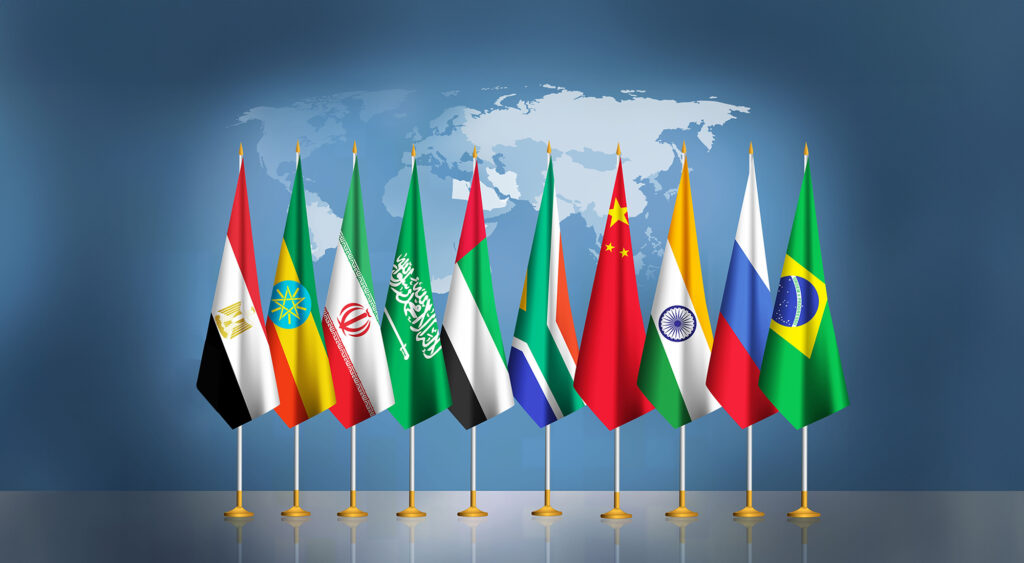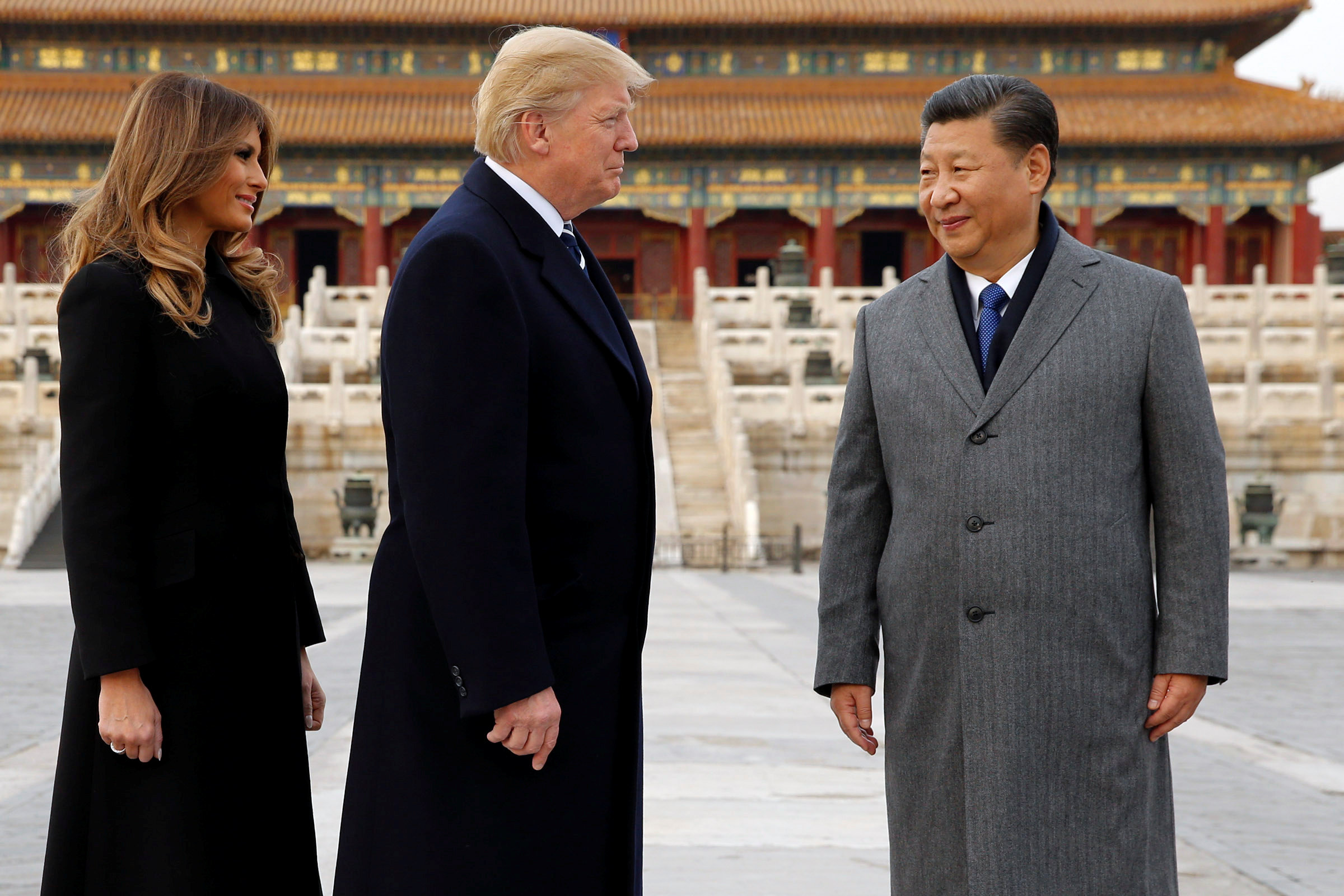By all appearances, the BRICS summit earlier this July was a show of global unity. Lofty declarations about reshaping world governance, ambitious investment pledges, and talk of an emerging financial order echoed through Brazil’s corridors of diplomacy. But behind the polished communiqués and group photographs lies a quieter, more consequential truth: the alliance of Brazil, Russia, India, China, and South Africa—now expanded to include several more nations—is showing signs of deep internal strain. And Donald Trump, never one to miss an opening, seems ready to exploit it.
While the world watched the BRICS nations call for IMF and UN reform, Trump was laying down a new tariff regime. As his self-imposed 90-day pause period on international tariffs came to a close, he unveiled a stark warning: any country aligning itself with what he calls BRICS’ “anti-American” policies would face an additional 10% tariff—on top of whatever deal they’d managed to negotiate. This wasn’t mere bluster. Letters and agreements, he announced, would start landing by July 7. By August 1, the tariffs go live.
It’s a telling shift. Trump, who’s long railed against trade imbalances and “unfair” foreign competition, now seems to be framing BRICS not just as an economic rival, but as an ideological threat. The logic is blunt—align with BRICS, and you’re effectively opposing American interests. The penalty? Economic pain.
And for countries like China, the implications are profound. They’re already burdened with what many believe is a 30% tariff on exports to the U.S., largely fueled by the fentanyl dispute and broader trade tensions. Add Trump’s new BRICS penalty, and Chinese goods may soon face a 40% levy entering American markets. That’s a dramatic escalation—especially for a country already grappling with declining exports, deflation, and a struggling industrial sector.
But China isn’t the only one caught in this geopolitical vise. India, still finalizing a trade deal with the U.S., now faces the awkward task of reconciling its BRICS membership with its American aspirations. Brazil, too, must weigh the value of symbolic solidarity against the very real threat of economic retaliation.
What’s striking, though, is not just Trump’s aggression—but the fragile state of BRICS itself.
For a bloc that claims to represent nearly half the world’s population and a combined GDP of $28 trillion, BRICS often behaves more like a mismatched panel discussion than a strategic alliance. At the latest summit, neither Xi Jinping nor Vladimir Putin showed up in person. Xi sent a delegate; Putin, under international arrest warrant, phoned in remotely. That absence spoke volumes. If the two most powerful players in BRICS can’t be bothered to attend their own flagship event, one wonders just how committed they are to the cause.
It doesn’t help that BRICS’ flagship initiatives remain, frankly, underwhelming. The New Development Bank, launched with a $100 billion commitment and great fanfare a decade ago, has only approved around $36 billion in financing, and less than $20 billion has actually been disbursed. For context, the IMF approved $44 billion for Argentina alone. BRICS, by comparison, looks like a sluggish bureaucracy with lofty aims and little follow-through.
Even the much-touted goal of creating a shared BRICS currency—meant to rival the dollar and free members from Western financial systems—has stalled. The idea, while theoretically potent, faces an insurmountable obstacle: none of the major players want to use someone else’s currency. China wants the yuan to lead; Russia clings to the ruble. India, meanwhile, shows little interest in ceding monetary sovereignty. You get the picture: everyone wants to drive the bus, but no one wants to sit in the passenger seat.
There’s also the issue of internal tensions. India and China remain at odds over border disputes—hardly a foundation for deep trust. And while the bloc touts “South-South solidarity,” the reality is more patchwork than partnership.
To be clear, the BRICS idea isn’t without merit. Challenging Western dominance in global finance, increasing representation for developing nations, and pooling resources for green energy and digital infrastructure are all laudable goals. But good intentions don’t make a strategy. And right now, BRICS seems more like a club of convenience than a united front.
Which brings us back to Trump. Whatever one thinks of his bombast or tactics, he’s not wrong to see BRICS as a work in progress. By slapping a punitive tariff on its members, he’s not just punishing competitors—he’s testing their resolve. Will countries like India and Brazil really choose BRICS solidarity over economic pragmatism? Will they sacrifice access to the world’s largest consumer market just to stay in China’s orbit?
It’s far from certain.
And perhaps that’s the quiet genius—intentional or not—behind Trump’s move. By framing BRICS as a binary choice—America or anti-America—he’s not just raising tariffs. He’s forcing a reckoning. One that BRICS, in its current form, may not survive.
So yes, the headlines from Brasília were optimistic: big numbers, bold ambitions, hopeful rhetoric. But in the end, what matters isn’t what was said—but who bothered to show up. And on that score, BRICS still feels like a dream deferred—one that risks collapsing under the weight of its own contradictions.



